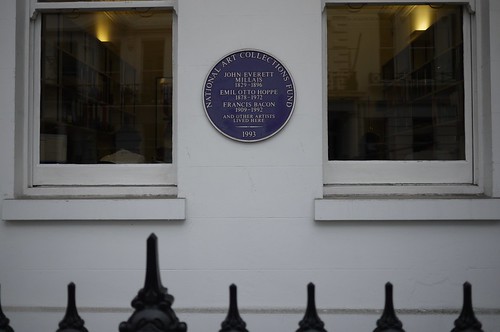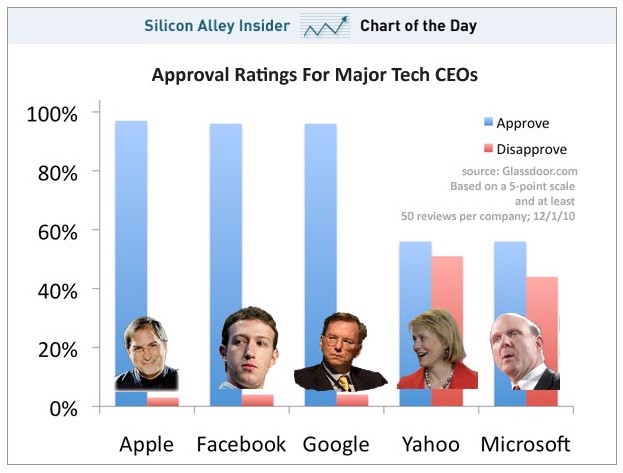South Kensington, London.
Pedalling faster on Wednesdays
Interesting report in Technology Review. The city of Lyon has had a public-bike scheme (called Velo’v) since 2005, and the system logs electronically when each bike is checked out and returned. Currently there are 4,000 bikes and 350 docking stations. Now some researchers at the Ecole Normale Superiere have analysed the data.
They looked at 11.6 million bicycle trips in Lyon between May 2005 and December 2007. The result is the first robust characterisation of urban bikers’ behaviour, they say.
Some of what they found is unsurprising. Over an average trip, cyclists travel 2.49 km in 14.7 minutes so their average speed is about 10 km/h. That compares well with the average car speed in inner cities across Europe.
During the rush hour, however, the average speed rises to almost 15 km/h, a speed which outstrips the average car speed. And that’s not including the time it takes to find a place to park which is much easier for a Velo’v bike than a car.
Other results reveal the habits of the urban cyclist for the first time. For example, there is a clear peak in average speed at 7.45 am and 8.45 am on working days, when presumably there is rush to get to work. The average speed drops to a more leisurely 10 km/h at weekends.
Curiously, the Wednesday morning speeds are systematically higher than on other days, even though there is no change in other factors such as the number of cars. This, say Jensen and co, is probably because women tend to stay at home and look after their children on a Wednesday in France. So the higher proportion of men pushes up the average speed.
The data also shows that bike journeys between two points are shorter in distance than the corresponding journey by car. There are no bike lanes in Lyon so this suggests that cyclists use other techniques to make short cuts, say Jensen and co. Their shocking conclusion is that cyclists often ride on the pavement, along bus lanes and the wrong way up one way streets.
That kind of information will be useful for urban planners. For the first time they have real data to show where to build cycle lanes and how well they will be used…
I wonder what a corresponding analysis of the Boris-bike scheme in London would show.
For some reason, the link to the arXiv.org paper isn’t working at the moment (2 December, 08:56).
The WikiLeaks bunker?
From Christopher Mims:
If Wikileaks founder Julian Assange is trying to turn himself into a Bond villain, he’s succeeded: the ongoing distributed denial of service attack against Wikileaks has forced his minions to move the site to a fortified data center encased in a cold war-era, nuke-proof bunker encased in bedrock. Really.
The host is called Bahnhof, and considering that the attacks against Wikileaks already forced its original host, PRG, to boot the site, and its second host, Amazon.com, to bow to political pressure to do the same, one wonders why Swedish Bahnhof would take on the challenge of hosting a site that will probably be under permanent attack for the foreseeable future.
Unless it’s for the PR value: Bahnhof has hosted Wikileaks before.
The chap who made the movie seems inordinately amused by it.
Aw, shucks
A street sign in Venice
The view from the hill
On my way home this afternoon. iPhone panorama using the Pano App.
Quote of the day
“The Irish banking system is worse than too big to fail; it is too big to save. The first duty of the state is to save itself, not to load its taxpayers with obligations to rescue careless lenders…The Irish state should have saved itself by drastic restructuring of bank liabilities. Bank debt simply cannot be public debt. If bank debt is to be such debt, bankers should be viewed as civil servants and banks as government departments.”
Martin Wolf, writing in today’s Financial Times.
How WikiLeaks stayed online despite the DDOS attack
From Technology Review.
As of this moment, according to Wikileaks itself, the site is under a distributed denial of service (DDoS) attack “now exceeding 10 Gigabits a second.” These kinds of attacks are typically carried out by a widely distributed ‘botnet’ of zombie computers under the control of a single or a group of hackers. They are par for the course on the web, and have been used in everything from extortion efforts against businesses to cyberattacks on neighboring countries.
What’s interesting about this attack is that Wikileaks’ webmasters have switched from their usual host, Swedish company PRQ, which has at times also hosted the media pirating site The Pirate Bay, to Amazon’s cloud services.
According to network analyst Andree Tonk, who posted his observations on the mailing list of the esteemed North American Network Operators’ Group, Wikileaks moved to Amazon hosting, in particular Amazon’s EU cluster in Dublin, some time Sunday, when the first denial of service attack was launched against the site.
Hmmm… Yet another way of rationalising my (inordinate) spending on Amazon.
UPDATE (December 4): Scrub that last remark. Amazon dumped them when the going got rough. See later post.
The Tobermory Effect
Brooding on the latest outbreak of Wikileaks, the only thing that came to mind was Ambrose Bierce’s definition of diplomacy as “the patriotic act of lying for one’s country”. And then I came upon The Tobermory Effect, another thoughtful post by Henry Farrell.
My small addition to the piles of verbiage on the newest Wikileaks revelations is to suggest that Saki’s classic short story Tobermory tells you most of what you need to know. Tobermory – the story of a cat that learns to talk, is really about how a small group of people deal with the collapse of the polite fictions through which they paper over individual self-interest and mutual dislike. No-one guards what they say in front of a cat, leading to consternation when Tobermory suddenly learns the English language.
I didn’t know the Saki story until the moment I read that. Now I do. And I recommend it. Perfect for reading over coffee on a cold December morning.
Goodbye Turkey: Why EU expansion is over — for good
Very thoughtful post by Henry Farrell in Crooked Timber.
First, they have to get a majority vote in a referendum in Ireland. This is thanks to a legal ruling (the Crotty ruling) that Treaty texts which have constitutional implications (which any Treaty involving significant further integration obviously would have) require popular assent in a referendum. Given popular anger at the way that the bailout has been structured, I imagine that the chances of Ireland voting ‘yes’ to any new European initiative are close to zero.
Yet even if somehow the Irish people could be persuaded to say yes to some initiative – perhaps because it put in place a more equitable system of fiscal transfers in the case of crisis – it would have to pass through the second veto point – the German Constitutional Court. The Court has made it clear in recent rulings that it is not prepared to countenance major new initiatives that might e.g. shift responsibility for decisions over fiscal policy to the EU level. In other words – any more equitable system of economic governance is likely to be vetoed.
It is extremely hard to envisage Treaty changes that could get a yes vote in Ireland. It is next to impossible to imagine any new Treaty that could both get a yes vote in Ireland, and survive scrutiny in Karlsruhe. Hence – the process of ‘ever closer union’ through Treaty change is effectively dead. One can imagine other mechanisms of change (drift, policy incrementalism, ECJ rulings) coming into play, but they are unlikely to result in any very obvious changes except over the very long run.





